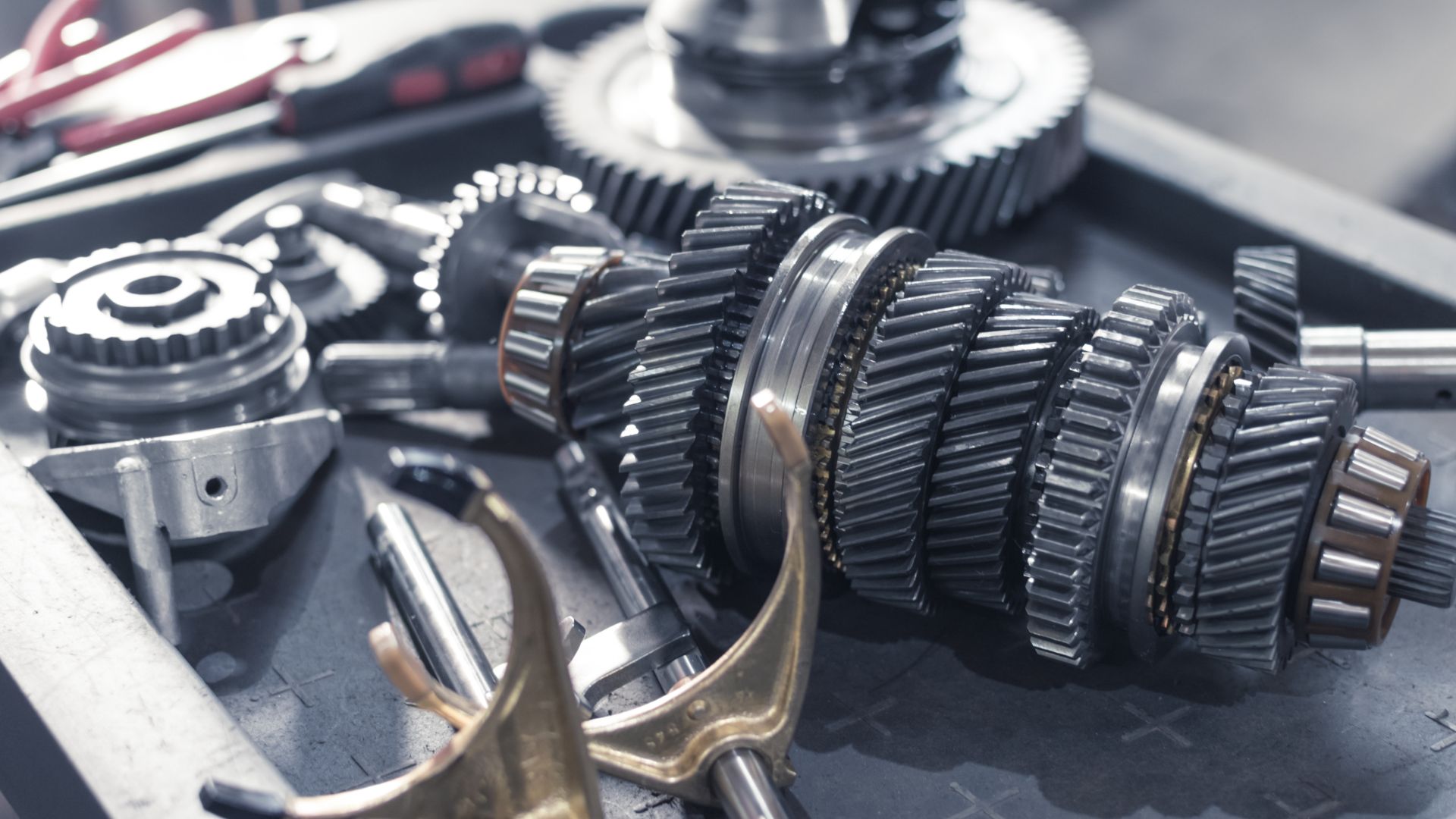Manual transmission definition and meaning

The basic idea behind a manual transmission is simple: the engine provides power to the transmission, and the transmission then sends that power to the wheels. But there’s a lot more to it than that. In order for a car to be able to change gears, there has to be some way of disconnecting the engine from the wheels while still providing power to the transmission. This is done with a device called a clutch.
The clutch is located between the engine and the transmission and is what allows you to change gears. When you press the clutch pedal, it disengages the engine from the transmission so that you can change gears. Releasing the pedal then engages the engine and transmission again.
Changing gears in a manual transmission car is a process that needs to be done carefully in order to avoid damaging the car. First, the clutch pedal is depressed to disengage the engine from the transmission. Then, the gearshift is used to select the desired gear. Finally, the clutch pedal is released and the accelerator pedal is pressed down to engage the engine and transmission again.
It’s important to note that manual transmissions require more skill and effort to operate than automatic transmissions. For this reason, they’re often not ideal for beginner drivers or those who are looking for a more relaxed driving experience. However, many people enjoy the challenge of driving a manual transmission car and find that it provides a more engaging and fun driving experience.